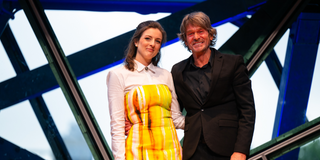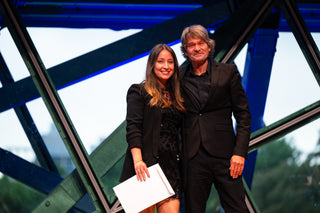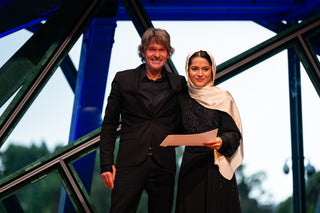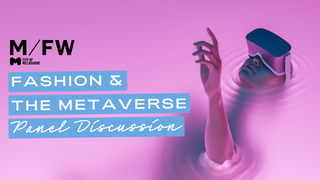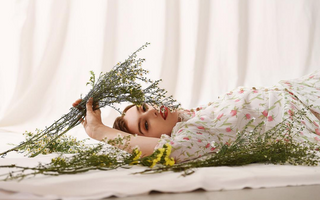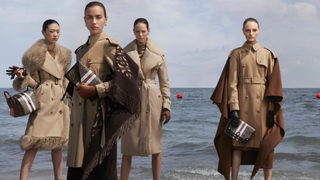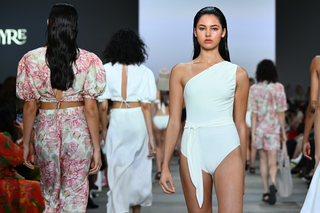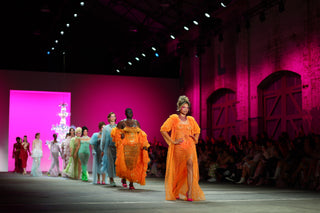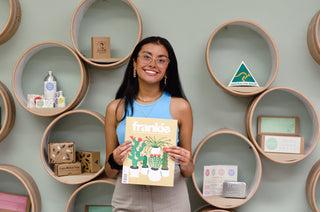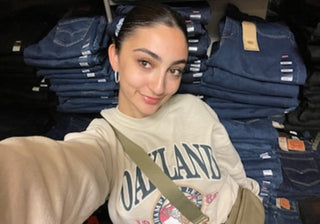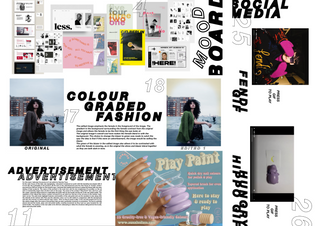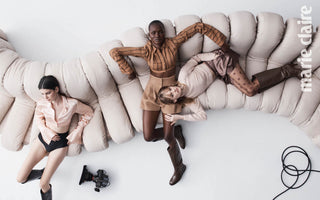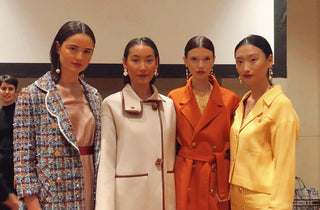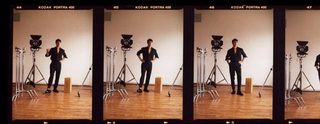Fashion is an art, not a science—you can’t exactly teach creativity or write a textbook on inspiration. However, there are a few tried and true methods that designers use to draw inspiration and channel their creativity. One of these methods is draping.
Draping is the process of pinning fabric or paper onto a dress form (or a mannequin) to create a garment by hand. This way, you’re able to position your chosen fabric and see how it might sit on the body; it gives you the ability to quickly mock up your ideas on different silhouettes before committing to a final idea. Many designers prefer draping over sketching because you’re able to create totally unique shapes and textures using just some fabric and pins.

If you are someone who struggles to touch base with your inner creative self, draping can also help you explore and experiment with different ideas. Seeing how the fabric fits and flows on a body can give you tangible, creative inspiration to draw on for your collection. It can serve as visible evidence that your idea is going to work, or it can even provide inspiration for new ideas that will take you in a completely different direction.
A lot of prominent designers use draping in their design process, including Paul Vasileff. Vasileff is a young Australian fashion designer and the founder and head designer of Paolo Sebastian. He uses draping to help him finalise his rough sketches. Using fabric and pins, he lets the fabric be his guide to creating a unique outfit. Roy Halston Frowick also used draping as an important part of his design process. Frowick was the head designer and founder of Halston; he consistently used draping when designing formal wear in the 70s—most notably, backless dresses. Nowadays, backless or low cut dresses are commonplace amongst designers, but in the 70s they were a totally new look. Frowick used draping to help him create backless dresses, giving rise to the trend of backless garments.
Draping is a fantastic way to get in touch with your creativity and see how your designs will look when they come to life.
Written by T.M. fashion student Monica Melek
